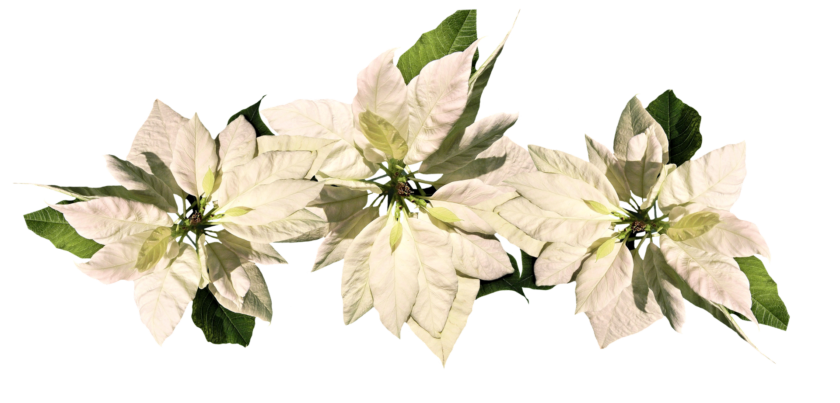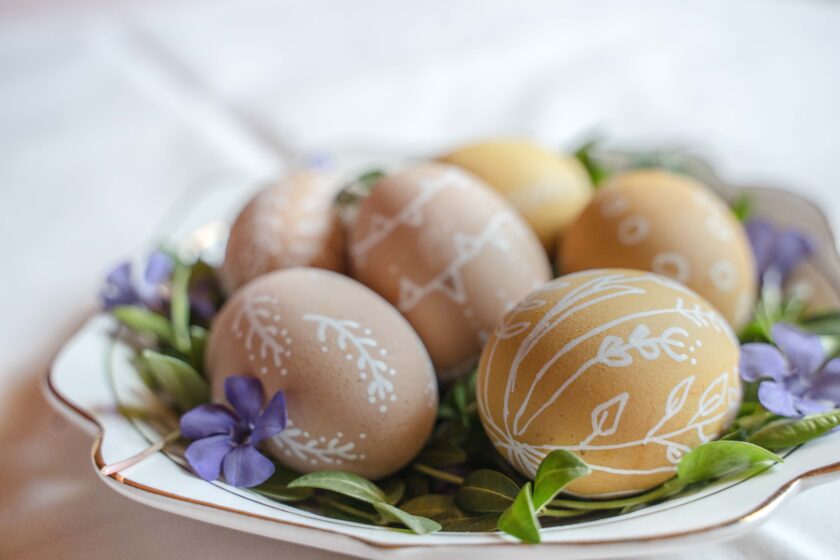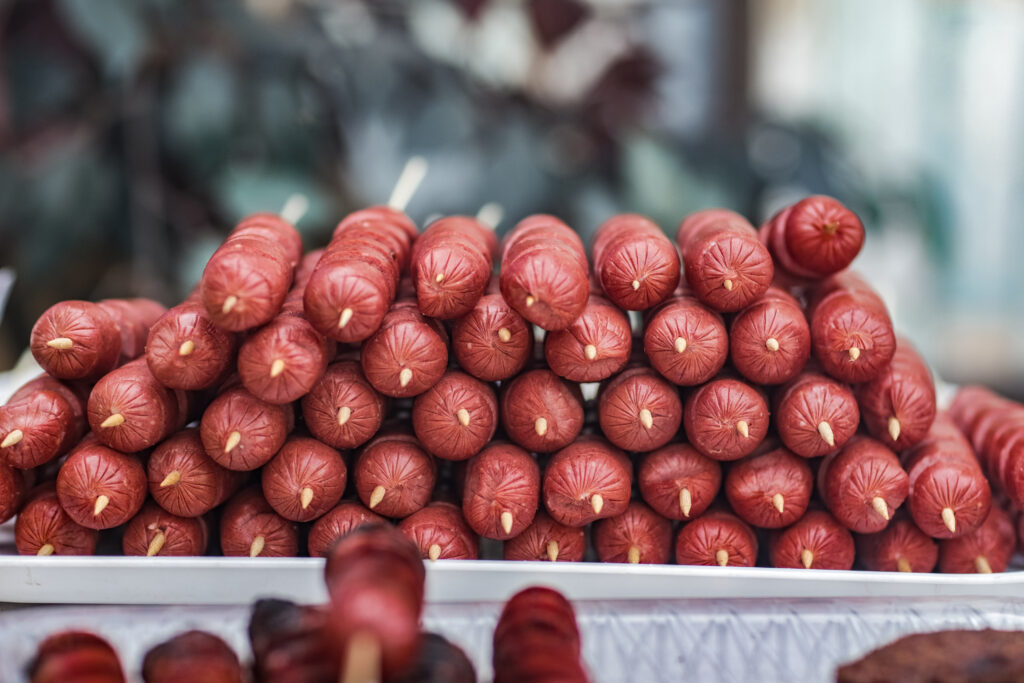Palm Sunday niedziela palmowa is called also The Sunday of the Lord’s Passion niedziela meki Panskiej, Willow Sunday niedziela wierzbowa, Branch Sunday niedziela rozdzkowa orApril Sunday niedziela kwietna since it takes place usually in April (not this year of course).
Here are a few of the Polish Palm Sunday traditions:
There was a custom to bring to church a figure of Jesus Christ riding on a donkey while the spectators threw flowers and pussy willow branches. Carrying the figure of Jesus was a honorary function – In Krakow, the town councilors did this. This was usually accompanied by a procession from one church to another or from outside of the church to inside symbolizing the ceremony of Jesus entering Jerusalem. The Church banned this habit at the end of the 18th century because it was becoming too theatrical and full of pranks and it was accompanied by not very religious songs.
Another tradition of Easter is puchery or pucheroki – some villages near Krakow (Zielonki, Bibice) are famous for this tradition. The spectators choose not only the best dressed boy with the tallest cap but also the one who was the best and most convincing singer.

Since in Poland spring doesn’t start until late April, Poland lacks the palms indigenous to Jerusalem so the Poles have developed their own tradition of making the Easter palms. The most popular palms that people usually carry to the church are made of blooming pussy willows branches called bazie or kotki decorated with branches of birch, raspberry, currant and also some boxwood bukszpan, dry flowers and grass, ribbons and other decorations. In the Catholic Church the willow (Polish: wierzba) symbolizes the resurrection and the immortality of the soul.
If Palm Sunday occurs in late March or early April people cut the branches of pussy willows and other fruit traditionally on Ash Wednesday. Then the branches are placed in vases with water to grow inside the warm room until they start budding green.
Different regions had their own type of palms, the palms in Vilnius region (now Lithuania) did not contain pussy willows at all but they were carefully constructed from dry flowers (usually straw flowers called in Polish niesmiertelnik which means “immortal”) and painted into vivid colors; now these types of palm can be seen all over Poland. In some regions palms were up to 12 feet tall as in the region of Nowy Sacz (South of Krakow) or Kurpie region (Northeast Poland).
In many places the competitions for the most beautiful, decorative and prominent palms are organized.
In the past, people would “beat” each other with the palms on the way home after the mass. This was not for punishment but rather for good wishes. They exclamed: Ja nie bije, palma bije… (I am not beating, the palm is beating…)
Since the palms are blessed in the church they are stored with great care at home, usually near a holy picture to protect people and animals from any misfortune. They are also kept near the windows during thunderstorms or hail or tucked into beehives so the bees will produce good honey. In the past the pussy willows (Polish: bazie) were swallowed to protect from throat problems or headaches. Powdered pussy willows were used as a medicine.

written by Jagoda Urban-Klaehn,



